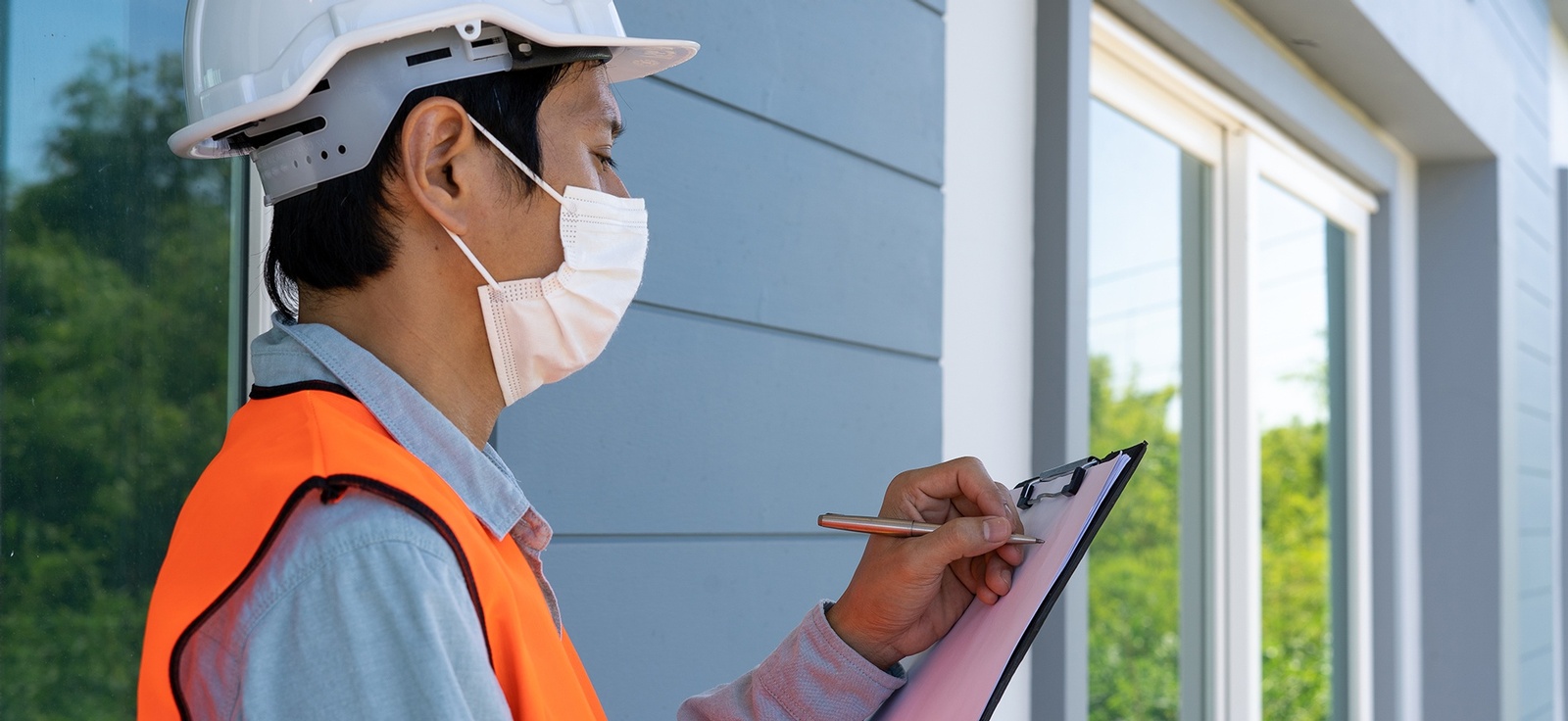Maryland laws and regulations regarding the reduction of lead risk in rental housing provide for inspections to be conducted at various times. A rental dwelling unit which was constructed prior to 1978 must, at a minimum, meet the Risk Reduction Standard. The chart below displays the current standards.
| Area tested |
Old Standards |
Current standards (effective July 1, 2020) |
| Floor |
≥ 40 µg/ft2 |
≥ 10 µg/ft2 |
| Window sill |
≥ 250 µg/ft2 |
≥ 100 µg/ft2 |
| Window well |
≥ 400 µg/ft2 |
≥ 100 µg/ft2 |
The property owner should review the available inspection options to select the inspection service which best suits their needs.
All lead paint inspectors are required by law to notify MDE at least 24 hours prior to an inspection appointment – they may show up at the property to audit the inspection.
This inspection requires a Dust Inspection, which is generally conducted in a vacant unit prior to occupancy by a new tenant. This inspection must be done before a new tenant moves in. An inspector must collect dust samples from each room in the unit. Each dust sample must be analyzed by a qualified laboratory, and the results must fall below specified levels. In general, testing for lead contaminated dust is most likely to be successful in a clean, well maintained property. Flaking or chalking lead paint on windows, in particular, may be an important source of lead dust in a unit.
Visual Inspection of the Property’s Exterior
In order to proceed with the interior inspection and collect samples, there is a visual inspection of the entire exterior of the home. including walls, windows, doors, door frames, trim, soffit, fascia, gutters, downspouts, porches, posts, columns, ceilings, railings, and steps on both the main structure and any outbuildings accessible to tenants.
For apartments, this includes the common areas in the building such as hallways, stairs, railings, etc. There can be no deteriorated paint conditions (peeling, chipping, cracking, etc.) regardless of the age or type of paint for the inspection to proceed to the interior portion.
Visual Inspection of the Property’s Interior
If the exterior passes the visual inspection, we will then perform a visual inspection of the entire interior of the home. There can be no deteriorated paint conditions (peeling, chipping, cracking, etc.) regardless of the age or type of paint for the inspection to proceed to dust wipe sampling.
Dust Wipe Sampling
The last part of the inspection is dust wipe sampling. If newer windows are present, only one sample per room is required. In houses with old wooden windows, two dust samples are taken per room. The MDE definition of a room includes bedrooms, bathrooms, hallways, kitchens, basements, etc. Samples may be taken from window sills, window wells and/or floors at our discretion. Even in rooms with no windows, a floor area will still be tested.
The Full Risk Reduction Certificate that is issued will expire at tenant turnover. A new inspection must take place prior to the new tenants moving into the property.
This inspection requires both a Visual Inspection and a Dust Inspection and is generally conducted in an occupied unit in response to either:
(a) A notice of defective paint or related conditions which may increase the risk of lead exposure; or
(b) A notice that a child or pregnant woman in the unit has a lead level of 10 micrograms or higher per deciliter of blood.
Prior to the Visual Inspection, the property owner should review the lead hazard reduction requirements of the law. All work performed to meet the lead hazard reduction standards, including cleaning, must be conducted by an MDE accredited contractor or supervisor. After all work has been completed, an accredited Lead Paint Visual Inspector or Lead Paint Risk Assessor may verify that the necessary work has been satisfactorily completed and can then issue the certificate.
